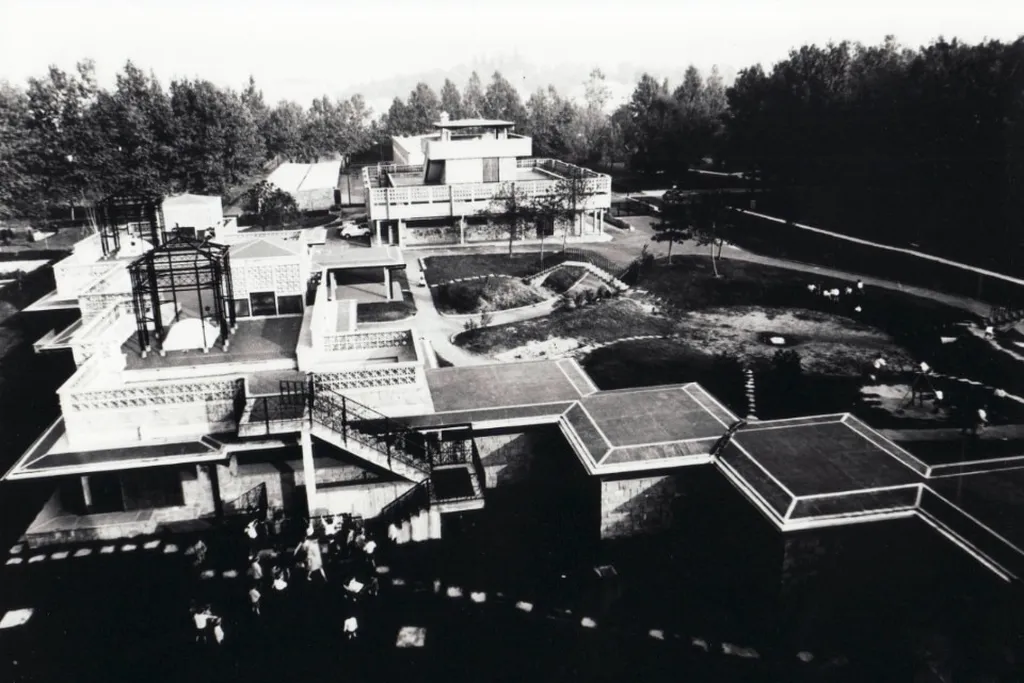In the heart of Ivrea, Italy, a unique architectural gem has been revisited through the lens of recent research, offering insights that could reshape how we design spaces for our youngest learners. The Mario Ridolfi school, a nursery built between 1955 and 1961, has been the subject of a detailed study by Eusebio Alonso-García, published in the journal ‘VLC Arquitectura’ (Valencia Architecture).
The school, nestled among preexisting buildings, was designed to create a mini-community where children could recognize their school as a distinct, special space. Alonso-García’s research delves into the project’s evolutionary process, revealing five distinct versions that culminated in the final design. The study is based on archival documentation, personal images, and analytical drawings, providing a comprehensive understanding of Ridolfi’s design rationale.
At the core of Ridolfi’s approach was a deep consideration for the world of the child and the integral role of nature in their development. “The nature as part of the formative program was a fundamental aspect,” Alonso-García explains. This philosophy is evident in the school’s design, which emphasizes diverse spaces for activities and play, versatile circulation routes, and a strong dialogue with the surrounding built and natural environments.
The research highlights Ridolfi’s innovative use of a flexible, open-ended spatial and material system. This system, Alonso-García argues, embodies the contingent nature of the design process, allowing for adaptability and unpredictability. “The architect’s method of work in this particular project is a testament to the power of open-ended design,” he notes.
The implications of this research extend beyond the realm of nursery school design. In an era where flexibility and adaptability are increasingly valued, Ridolfi’s approach offers valuable lessons for architects and designers across sectors. The energy sector, for instance, could benefit from this focus on open-ended design, as buildings that can adapt to changing needs and technologies can significantly reduce waste and improve efficiency.
Moreover, the emphasis on integrating nature into the design process could inspire new approaches to sustainable building practices. As the world grapples with climate change, the need for buildings that harmonize with their natural surroundings has never been greater.
In conclusion, Alonso-García’s research on the Mario Ridolfi school offers a timely reminder of the power of thoughtful, flexible design. As we look to the future, the lessons from Ivrea could help shape a more adaptable, sustainable, and child-centered built environment.

